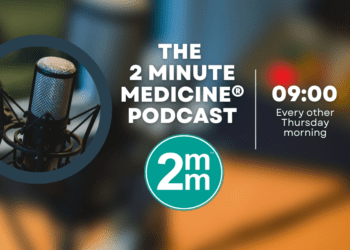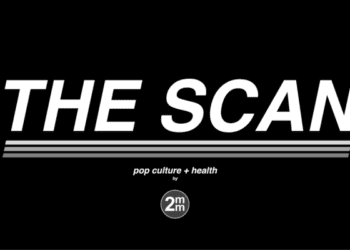Varicella vaccination not associated with increased adolescent disease burden
Image: PD
1. After implementation of varicella vaccination in children in 1995, the incidence of varicella decreased by approximately 90 to 95% in children between the ages of 5 to 19, with no shift of disease burden to older age groups.
2. There was a 90% reduction in varicella hospitalization rates in the study population from 1994 (pre-vaccine) to 2009.
Study Rundown: After the Advisory Committee on Immunization Practices’ (ACIP) initial 1995 recommendation for childhood varicella vaccination resulted in an increase in disease burden among adolescents, the ACIP recommendation for a second dose to be given at age 4 to 6 in 2006 prompted concern that the disease burden would exhibit a similar shift to older age groups. This study included the results of 5 cross-sectional surveys to examine the incidence of varicella from 1995 (pre-vaccine) to 2009. During this period, the incidence rate of reported varicella cases declined by 96% in the 5-9-year age group, 91% in the 10-14-year age group, and 95% in the 15-19-year age group. The varicella hospitalization rate decreased by approximately 90% between 1994 and 2009 across all age groups, including adults. While study was limited by parental reporting for varicella history and underestimation of varicella hospitalization by using primary discharge diagnoses, it does add evidence that vaccination may not shift disease burden to older individuals.
Click to read the study published today in Pediatrics
Relevant Reading: Changing varicella epidemiology in active surveillance sites – United States, 1995-2005
Study Author, Dr. Roger Baxter, MD, talks to 2 Minute Medicine: Kaiser Permanente Vaccine Study Center, Oakland, California
“When varicella vaccine was being considered for widespread use in the US, there was concern that vaccinating young children could lead to a shift in the age of infection to older children and adolescents, in whom the disease is often more severe. This study showed that varicella vaccine resulted in a decline of varicella incidence and hospitalization in all age groups, with no shift to older age groups.”
In-Depth [cross-sectional study]: A random sample of approximately 8000 children ages 5 to 19 from the Kaiser Permanente of Northern California (KPNC) system were surveyed via telephone to determine parent-reported occurrence of varicella infection in the past year. Surveys were administered in 1995 (pre-vaccine), 2000, 2003, 2006 and 2009. Varicella hospitalization was determined by using primary discharge diagnosis (International Classification of Diseases, Ninth Revision code 052.x) in the electronic medical records of the entire KPNC population. Children and adolescents surveyed were 49.1-51.0% male and 96.5% attended day care or school. By 2009, 90.6% of all history-negative children and adolescents were vaccinated. Overall incidence of varicella decreased from 25.8 to 1.3 per 1000-person years, with 96%, 91%, and 95% reduction in the 5-9-year, 10-14-year, and 15-19-year groups, respectively. Varicella hospitalization rate decreased from 2.13 to 0.25 per 100000 person-years from 1994 to 2009, with an annual rate decrease of 13%.
More from this author: Filtered-sunlight may effectively treat neonatal jaundice in resource-poor settings; Delaying measles vaccination after 15 months may increase seizure risk; 65% of alcohol-related childhood vehicular deaths related to riding with drunk drivers; Prenatal SSRI use may increase risk of autism; Roadway design may decrease risk of child pedestrian collisions
©2012-2014 2minutemedicine.com. All rights reserved. No works may be reproduced without expressed written consent from 2minutemedicine.com. Disclaimer: We present factual information directly from peer reviewed medical journals. No post should be construed as medical advice and is not intended as such by the authors, editors, staff or by 2minutemedicine.com. PLEASE SEE A HEALTHCARE PROVIDER IN YOUR AREA IF YOU SEEK MEDICAL ADVICE OF ANY SORT.







